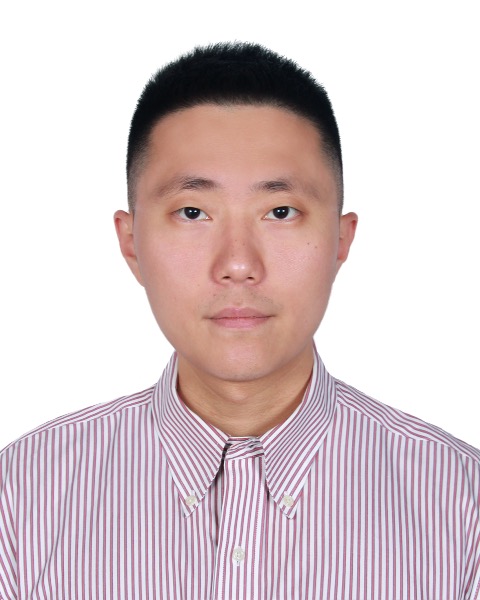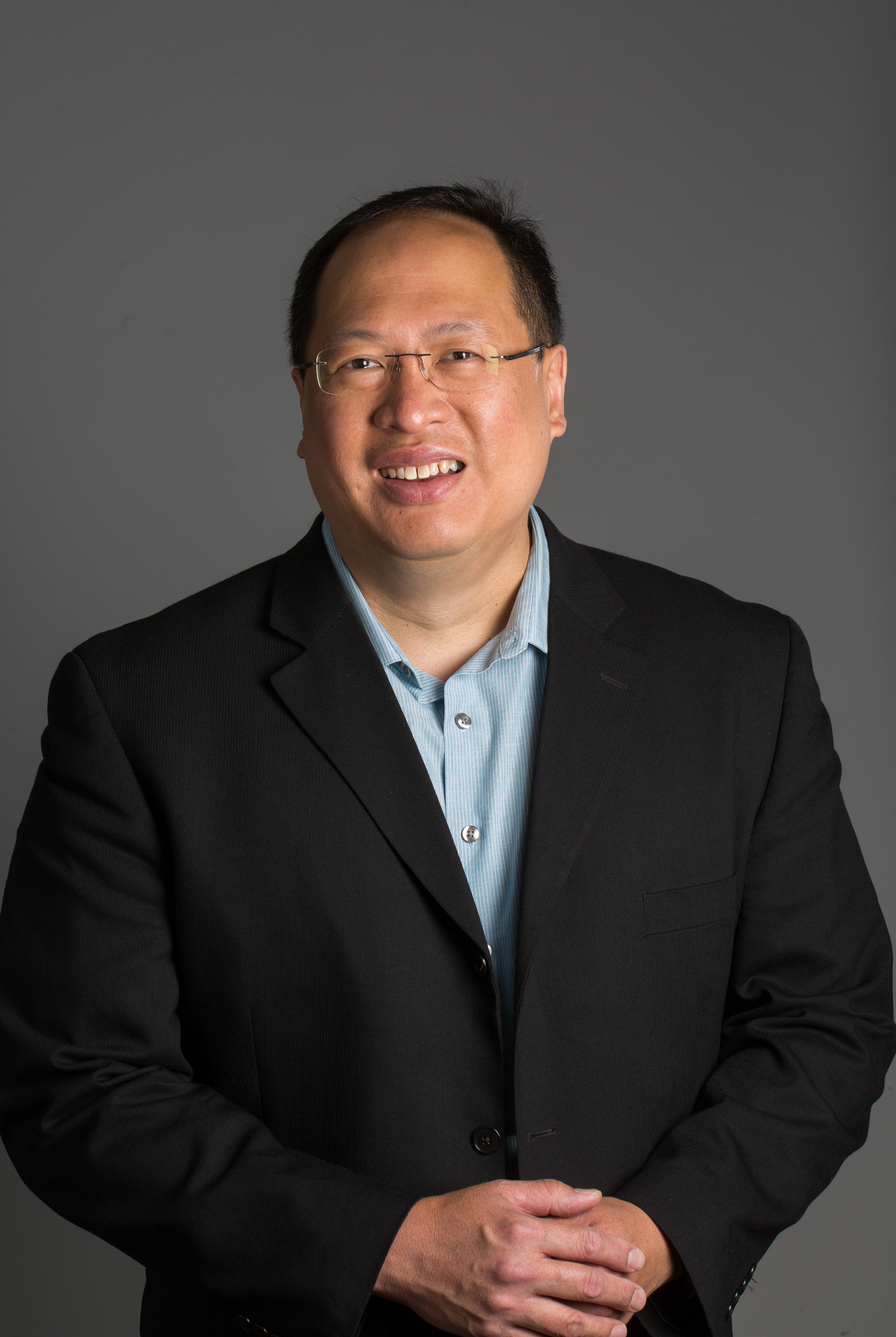Biomaterials
Biomaterials - Poster Sessions A & B
G7 - Substrate chemistry modulates T cell activation response to substrate stiffness
Thursday, October 9, 2025
10:00 AM - 11:00 AM PDT
Location: Exhibit Hall F, G & H

Daizong Sun, MS
PhD candidate in Biomedical Engineering
Columbia University
New York, New York, United States
Lance C. Kam
Professor
Columbia University
New York, New York, United States
Presenting Author(s)
Primary Investigator(s)
Introduction: : T cells play a central role in the adaptive immune system, and have been harnessed as powerful “living drugs” in immunotherapy, enabling precise, potent, yet flexible treatments for a wide range of diseases. However, challenges in the ex vivo expansion and production of T cells, which remain central to adoptive cellular therapy, limit full-scale deployment of this approach. Previous studies established that activating T cells using mechanically soft materials produces more cells in a single round of expansion. In this work, we demonstrate that the choice of substrate material, independent of mechanical properties, is an important regulator of T cell expansion. Specifically, polydimethylsiloxane (PDMS) substrates promote greater expansion than polyacrylamide (PA) counterparts of equivalent stiffness. Moreover, T cell activation by PDMS under hypoxic conditions reduces expansion. These observations indicate that PDMS modulates T cell activation and mechanosensing response by enhancing oxygen accessibility, highlighting its potential over PA as a biomaterial platform for optimizing T cell production in cellular immunotherapy.
Materials and
Methods: : PA Fabrication: PA gels were prepared by polymerizing acrylamide/bis-acrylamide precursor solution (with streptavidin-acrylamide for biotinylated antibody attachment) between coverslips using ammonium persulfate (APS) and Tetramethylethylenediamine (TEMED). Stiffness was adjusted by varying acrylamide/bis-acrylamide ratios. Gels were sterilized in gentamicin/PBS (4°C overnight).
PDMS Fabrication: PDMS surfaces were made using Sylgard 184 (elastomer base/curing agent), mixed, degassed, and cured (65°C, 16 h). Stiffness was modulated by base/curing agent ratios.
Antibody Coating: PA was coated with biotinylated goat-anti-mouse IgG (in BSA). PDMS was coated with goat-anti-mouse IgG after sterilization with gentamicin. Both substrates were then coated with anti-CD3 + anti-CD28 (clones OKT3 and 9.3, 10+40 μg/mL in BSA). For trans-induction assays, substrate surfaces were coated with BSA for inertness while cells were activated using Dynabeads. All coatings were applied for 2 h at RT.
CFSE Assay: Cells were stained with 50 nM CFSE (10 min, RT) before seeding. Proliferation/activation were analyzed 3 days post-stimulation.
Hypoxia Assay: Hypoxia Incubator Chamber was used to provide the hypoxic cell culture environment. Gases of 1% or 5% oxygen (5% CO2 , balanced with N₂) were used for hypoxic activation. Normoxic control used 5% CO2 balanced with air. Humidity was maintained with a water-filled plate inside the chamber. Chambers were incubated at 37°C. A customized Arduino system with a mini fan was placed in the chamber to monitor the environmental conditions and ensure ventilation.
Results, Conclusions, and Discussions:: To isolate the effect of substrate chemistry, we first equalized the antibody capture capacity on both PDMS and PA surfaces across a range of rigidities. Using ELISA, we quantified the immobilized activating antibodies by replacing them with a secondary mouse antibody that recognized an HRP-conjugated target. By modulating the concentrations of primary IgG on PDMS and SA on PA, we achieved matched antibody capture capacities between the two material surfaces.
T cells stimulated on PDMS exhibited higher activation and proliferation rates than those on PA. At Day 3, the percentage of divided cells was significantly greater on PDMS (90%) compared to PA (70%). Early activation assays (6 hours) further confirmed this trend, with CD69 (an early T cell activation marker) expression higher on PDMS (90%) than on PA (60%). Long-term expansion assays revealed that T cells stimulated on PDMS underwent significantly greater proliferation than those stimulated on PA at the same stiffness. Moreover, the mechanosensing response on PDMS shifted toward higher substrate rigidity compared to PA. We then decreased the oxygen availability for the PDMS system by reducing the environmental concentration of oxygen using in-incubator isolation chambers and premixed gasses. We found that T cells stimulated on PDMS under 1% oxygen hypoxia had slightly reduced proliferation capacity. More importantly, this hypoxia stimulation slightly shifted the mechanosensing curve back toward lower substrate rigidity, closer to that of PA.
PDMS is a hydrophobic biomaterial with an oxygen partition coefficient of 10 to 30 compared to water. Therefore, PDMS has a higher ability to recruit oxygen to cells compared to PA which is a hydrogel mainly composed of water. Our findings support this, demonstrating that PDMS enhances oxygen availability, thereby modulating T cell activation and mechanosensing responses. However, the effects of 3 days of hypoxia incubation were less significant than those observed with PA. Future studies will explore whether prolonged hypoxia amplifies those effects to better match PA.
Acknowledgements and/or References (Optional):: Reference for T cell mechanosensing:
- Judokusumo, E., Tabdanov, E., Kumari, S., Dustin, M. L., & Kam, L. C. (2012). Mechanosensing in T lymphocyte activation. Biophysical Journal, 102(2). https://doi.org/10.1016/j.bpj.2011.12.011
- O’Connor, R. S., Hao, X., Shen, K., Bashour, K., Akimova, T., Hancock, W. W., Kam, L. C., & Milone, M. C. (2012). Substrate rigidity regulates human T cell activation and proliferation. The Journal of Immunology, 189(3), 1330–1339. https://doi.org/10.4049/jimmunol.1102757
Reference for PA gel fabrication:
- Yuan, D., Shi, L., & Kam, L. (2021). Biphasic response of T cell activation to substrate stiffness. Biomaterials, 273, 120797. https://doi.org/10.1016/j.biomaterials.2021.120797
Acknowledgement:
This work is supported by the National Science Foundation (CMMI 2416900).
